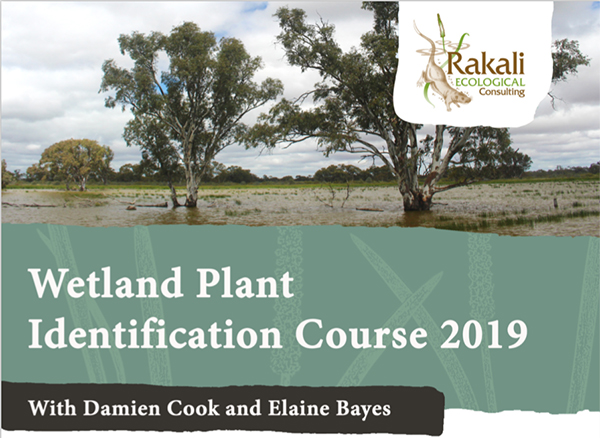 Registrations are now open for the Wetland Plant Identification Course 2019 run byDamien Cook and Elaine Bayes. The course starts on 31 October 2019.
Registrations are now open for the Wetland Plant Identification Course 2019 run byDamien Cook and Elaine Bayes. The course starts on 31 October 2019.
To find out more click on the image above.
 Registrations are now open for the Wetland Plant Identification Course 2019 run byDamien Cook and Elaine Bayes. The course starts on 31 October 2019.
Registrations are now open for the Wetland Plant Identification Course 2019 run byDamien Cook and Elaine Bayes. The course starts on 31 October 2019.
To find out more click on the image above.
VEAC has released its final recommendations on the Central West forest. The full report with the executive summary and related documents can be found here.
The final recommendations take account of responses to the draft, issued last year: but the changes made in this document do not alter the main thrust of the draft. A significant increase in protected areas is recommended by VEAC, including a new national park in the Wombat, and inclusion of part of the Wellsford forest in the Greater Bendigo National Park.
This summary of the recommendations is taken from the VNPA:
Here’s a quote from the Australian National Outlook study released by the CSIRO last week:
‘While water use is projected to double by 2050, this growth can be met while enhancing urban water security and avoiding increased environmental pressures through increased water recycling, desalination and integrated catchment management. We find water demand and supply are shaped by complex interactions between food production, energy-intensive industries, energy and water efficiency, and new carbon plantings – all against a background of regional constraints on rain-fed water resources and a growing population and economy.
‘We can reduce our greenhouse gas emissions significantly through energy efficiency, carbon capture and storage, renewable energy, and land-sector sequestration. In the case of concerted global action on climate change, this could see Australia reduce its per capita emissions to below the global average by 2050, down from five times the average in 1990, while maintaining strong economic growth. Actual costs and benefits would be highly dependent on the details of domestic policies, and how these interact with international actions.
‘Australia’s ecosystems are unique and globally significant. At payments for carbon farming around A$40-60 per tonne of CO2e by 2030, carbon credits could be harnessed to reward landowners for restoring ecosystems, increasing native habitat by 17% and decreasing extinction risks by 10%, without large additional government outlays.’
Optimistic? Let’s say it’s a scenario in which a lot of things have to go right.
This year’s FOBIF exhibition will be a general one about our local Box-Ironbark Forests.
TOGS Cafe in Castlemaine will host the exhibition in September and October 2019. It will be our 6th photo exhibition at TOGS and our 10th overall.
So if you have a favourite photo/s of flora and/or flora in our region send them along to FOBIF: info@fobif.org.au There is plenty of time to take new photos: the closing date for the submission of photos is not till 19th August.
We will place all photos in a designated album on the FOBIF Flickr site. A FOBIF sub-committee will then select approximately 18 photos to be printed and framed for the exhibition. As you can see from the wildlife photos below there is plenty of scope for variety.
If your photo is selected, as well as being included in the exhibition, you will receive a free copy of your photo.
Guidelines
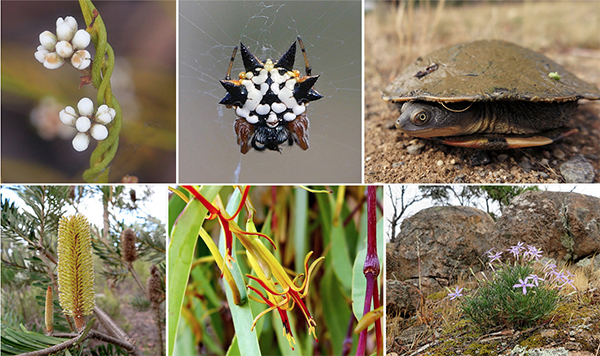
Some of this year’s photos on our FOBIF Flickr page.
And don’t forget that entries to the Eucalypt photo competition run by the Threatened Species Recovery Hub close on 22 July 2019.
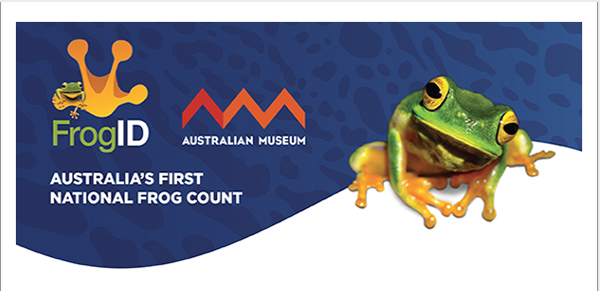
Local frog expert, Elaine Bayes, has forwarded the latest information on Australia’s first National Frog Count:
In just one year, FrogID has generated the equivalent of 13% of all frog records collected in Australia over the last 240 years. The submitted recordings have resulted in over 66,000 validated calls and detected 175 of Australia’s 240 known native frogs. The data has informed scientists on the impacts of climate change and pollution on Australia’s frogs including the first evidence of the decline in Sydney of the Australian Green Tree Frog; the spread of the invasive Cane Toad; and information on the breeding populations of 28 globally threatened and 13 nationally threatened frog species.
A good sized group tackled FOBIF’s June walk yesterday on the east side of Mount Alexander. A dense mist shrouded the Mount early, but it soon cleared, and a pleasant cool day was just what was required for the occasionally strenuous climbs. Highlights included the ruins of the silk project, a great rock shelter, plenty of grand old (and occasionally mysterious) trees, and one of the Mount’s most attractive features, Whisky Gully. Lots of fungi along the way meant that a few participants were looking mainly at the ground.
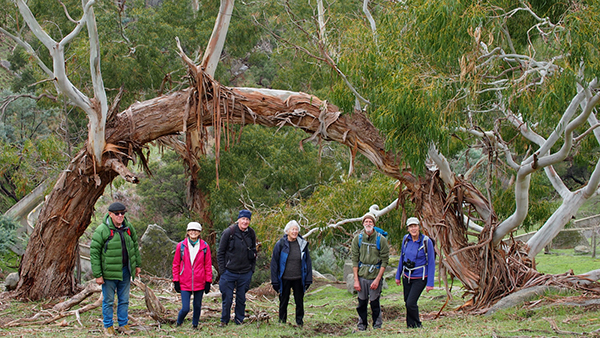
Walkers underneath the ‘Impossible’ Manna Gum. Photo by Liz Martin
Our thanks to Jeremy Holland for a typically stimulating off track experience.
Next month’s walk will be in the Chewton Bushlands. Check the program for details.
It has a pretty name, and a pretty flower—after all, it was introduced into this country as a garden plant. Now it’s one of the worst invasive weeds in the country, a menace to the environment and agriculture. You guessed it: it’s Bridal Creeper.
This invasive climbing herb with a very extensive tuberous root system can cause huge problems as it climbs on and chokes understorey species: it’s capable of completely blanketing out all other plants.
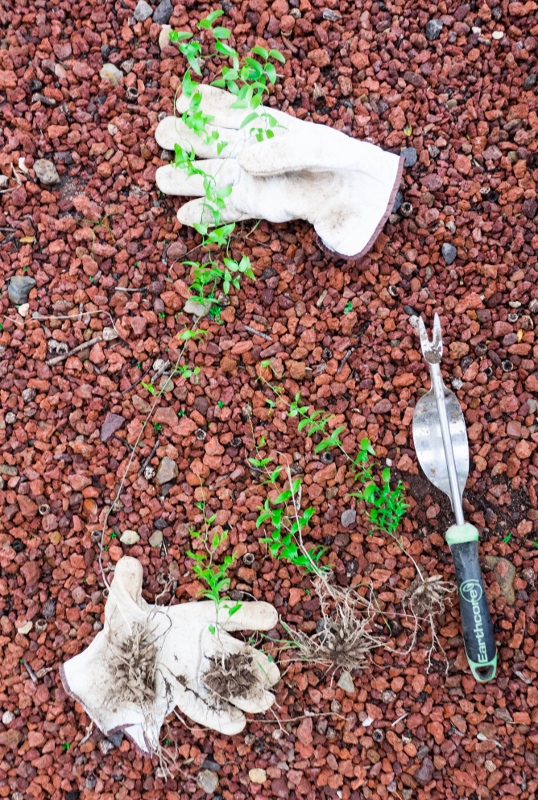
Harmless looking plant, which can be a suffocating nuisance: dig it up! And make sure you get it all…Photo: John Ellis
And it’s starting to emerge in the bush now. If you come across a small isolated plant the best method of removal is to dig it up – though you have to make sure you dig deep enough to get all the tubers: if you don’t, the plant is tenacious at coming back. Hang the offending weed in another bush or branch so that the tuber dries out and so that other people walking in the area know that it is an unwanted plant. They might be encouraged to use the same method of removal if they come across one.
We owe a thanks to all those generous people who have been digging this pest plant up over the years through our local bushland (especially Kalimna). What would the bush look like if it had been allowed to run rampant?
For more information on this weed and its control check here
And if you want to see what Bridal Creeper can do when it gets out of control, grit your teeth and have a look here.
How long should we plan for? An interesting hint can be found in the May issue of the newsletter of the Australian Forest History Society, in a story by Roger Underwood, about New College Oxford, founded in 1379:
‘The chapel is about 600 years old, and until this story unfolded, was famous for its massive oak beams. (In the late 1970s)… an inspection of the New College chapel roof had disclosed the alarming fact that the old oak beams holding up the roof and spire were infested with wood boring beetles, and were on the point of collapse. The situation was dire, and the college authorities were at a loss. Where on earth would they find replacement oak beams for the urgent restoration work?
‘However, the college historian came up with the answer. It turned out that at the time of the building of the college in the 14th century, the builders anticipated that one day the oak beams in the chapel would need to be replaced. So the college purchased land and arranged for a plantation of oak trees to be planted. A forester was appointed to look after the resulting forest. Over succeeding centuries, the word was passed along from one generation of college foresters to the next: ‘You don’t touch them oaks, they’s for the college chapel.’
‘And they were. Cometh the hour, cometh the trees. The oaks were felled, the new beams cut and installed, and the chapel roof was again secure and a thing of wonder. And another grove of oaks was planted, anticipating the need for the next refurbishment of the chapel 600 years hence.’
Unfortunately this story, which has circulated in a variety of forms, is a bit of a myth, although it is true that the college has forest reserves used for repairs of its old structures… but wouldn’t it be great if it were not only true, but unremarkable: that it was completely normal to look that far ahead in the management of our resources? Maybe the gold rushes would have panned out a little differently if that had been the case…
The Castlemaine Botanical Gardens are an important part of our community, but it’s fair to say that the flora and fauna reserve section of the gardens is a bit of a poor relation, even though it has tremendous interest in itself, being home to the Eltham Copper Butterfly.
That’s why it’s good to see the reserve get a bit of attention in the draft Conservation Management plan for the gardens produced for the Council in March. You can find it here. It’s a comprehensive 268 page document full of interesting material, and Council is looking for feedback on it by June 21. We recommend you have a go: send comments to info@mountalexander.vic.gov.au
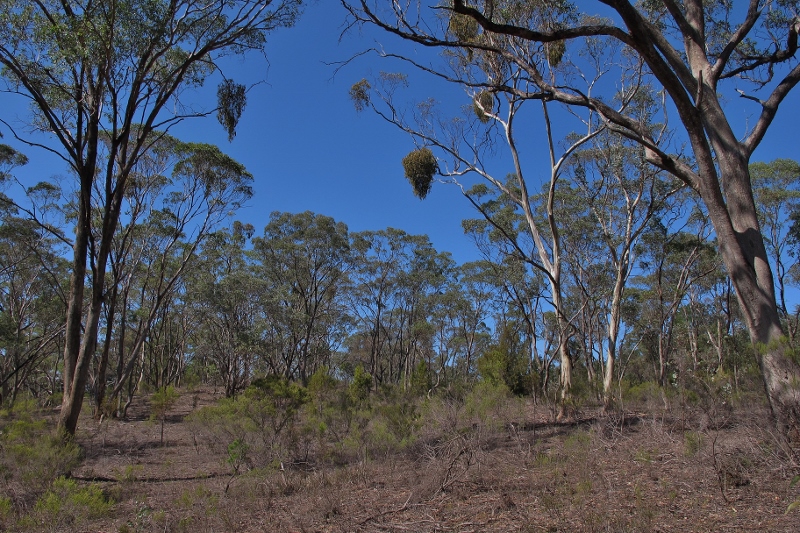
In the flora and fauna reserve, Castlemaine Botanical Gardens: the reserve is an important part of the gardens, and gets some interesting attention in the draft plan.
Presumably as part of the same process, Council has commissioned a separate management plan for the flora and fauna reserve. We’ll be following this with interest.
Among other things, the present Draft recommends renewed interpretive signage for the reserve; consideration of drought and climate change when managing new plantings in the gardens; and upstream management of the Barkers Creek floodplain to mitigate future flooding in the gardens.
Here are a few interesting passages from the draft plan relating to the reserve:
‘Floods in the early history of the gardens were likely the result of the deforestation of the surrounding landscape and the disruption of the watercourses by alluvial gold mining (the first gold discovery at Castlemaine occurred on a tributary of Barker’s Creek upstream of the Gardens). While predominantly a rural creek, development of roads and structures (including culverts) and changes to the soils produced by pasturage, cropping and the loss of woodlands have increased the volume and speed of runoff entering Barker’s Creek and reaching the site during extreme weather events.’ P 155
Parks Victoria has flagged the possibility of ambitious celebrations to mark the 170th anniversary of the discovery of gold in this region. They would take place in spring 2021. Another celebration possibility could be the 20th anniversary of the opening of the diggings park in 2022. The celebrations could take the form of conference discussions, re-enactments, musical events, art shows and other activities. Social, technical, environmental and indigenous perspectives would be included. There is a definite purpose in the proposal to promote the Castlemaine Diggings National Heritage Park as a tourist destination, and the proposal so far has the support of Mount Alexander tourism officers.
As readers of this site will know, FOBIF is sceptical of the tendency of heritage events to glorify gold and everything to do with it, and to sideline or pay polite lip service to the collateral damage of the gold era: the outright trashing of the environment, and with it the completion of the dispossession of the Indigenous Australians.
So far, however, we are cautiously supportive of the idea. We’ll see what happens in the detail.